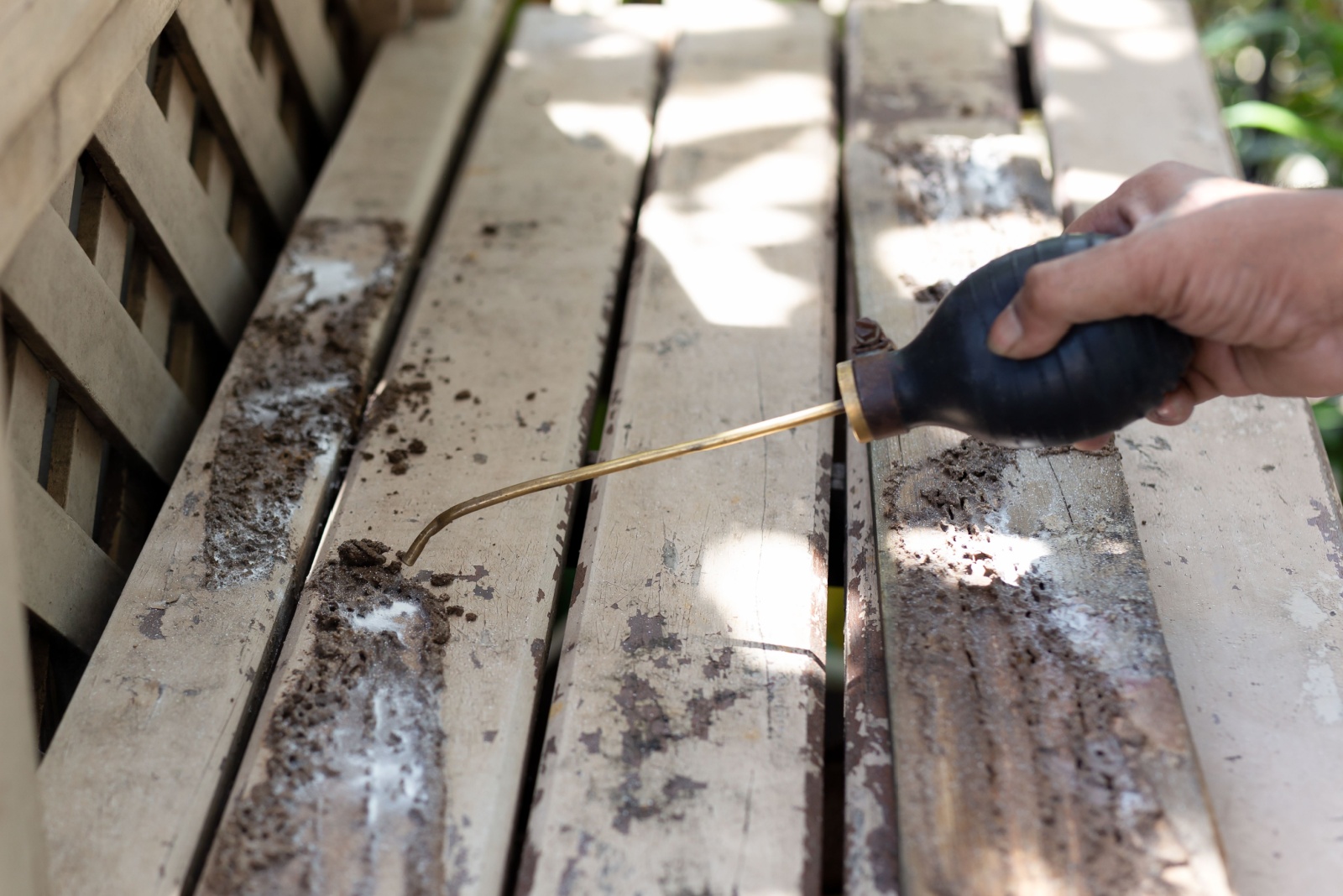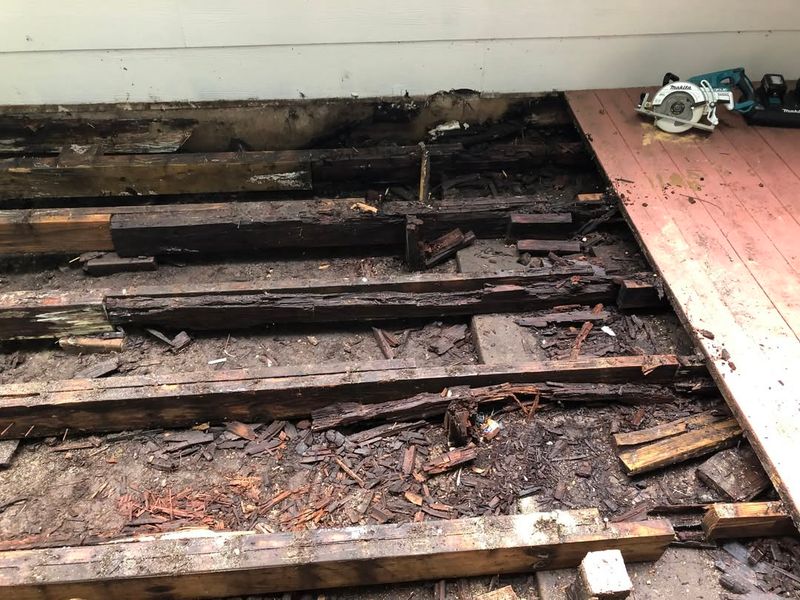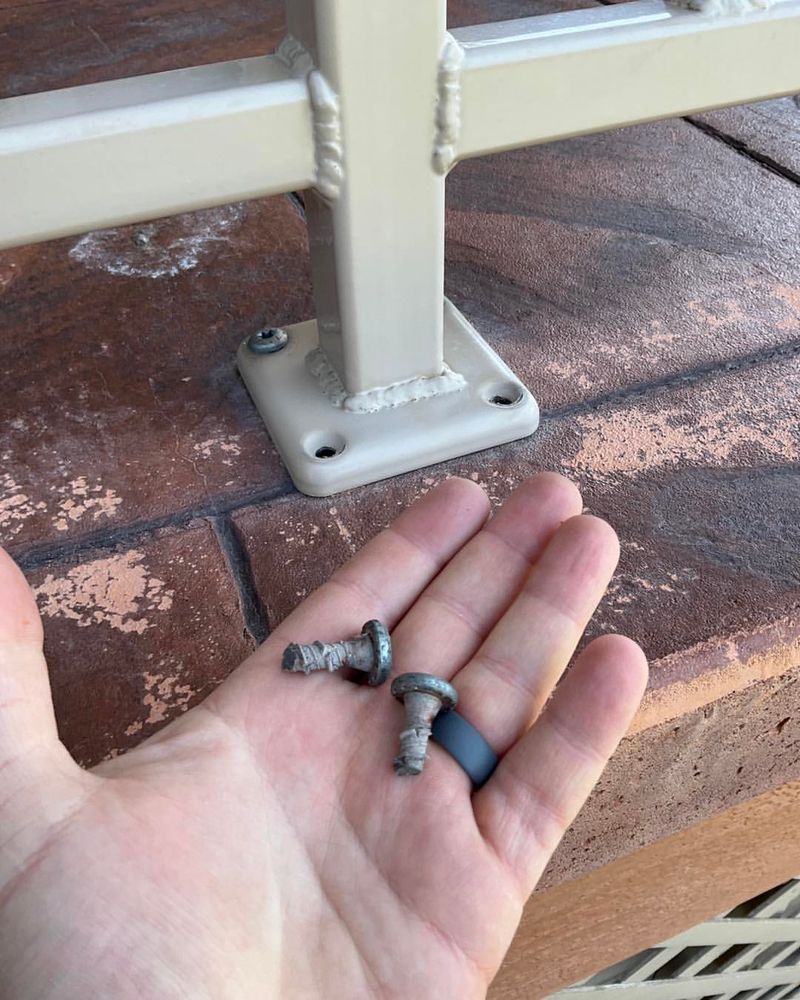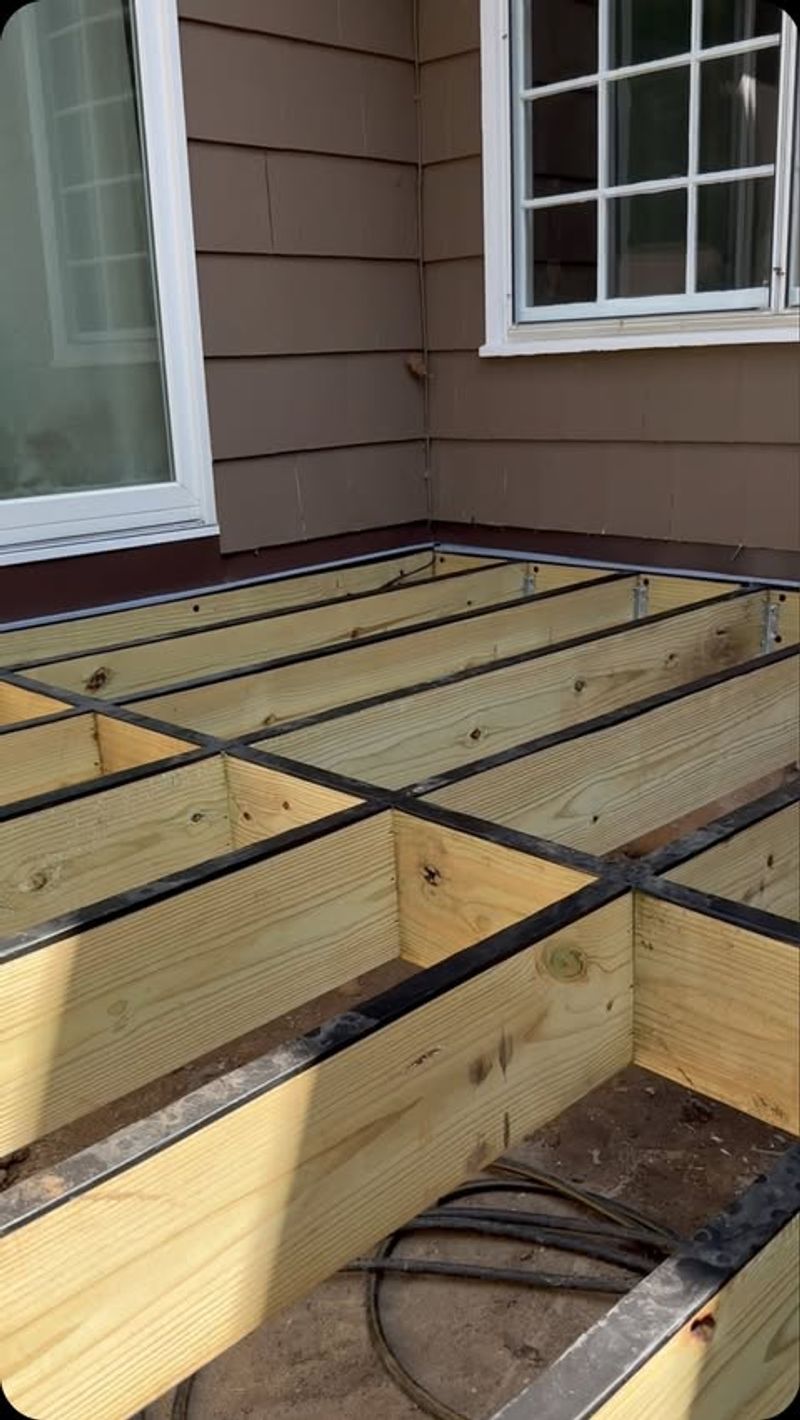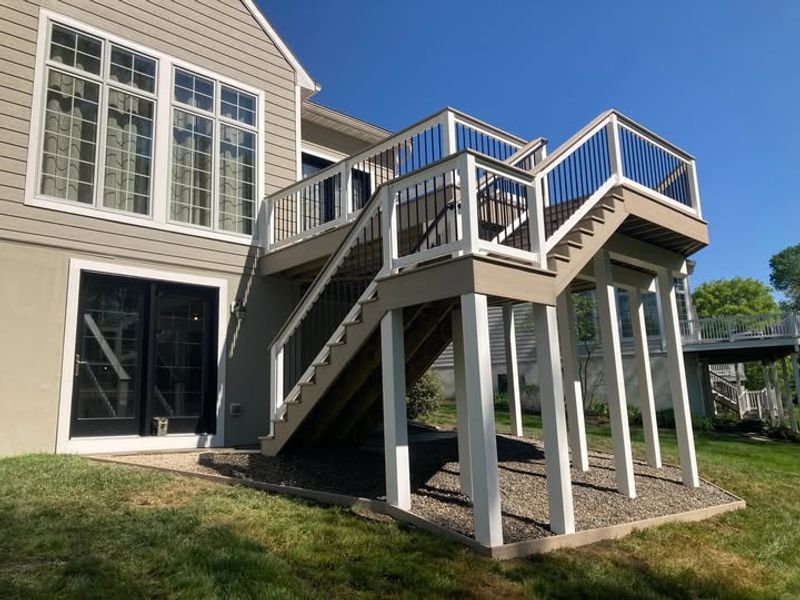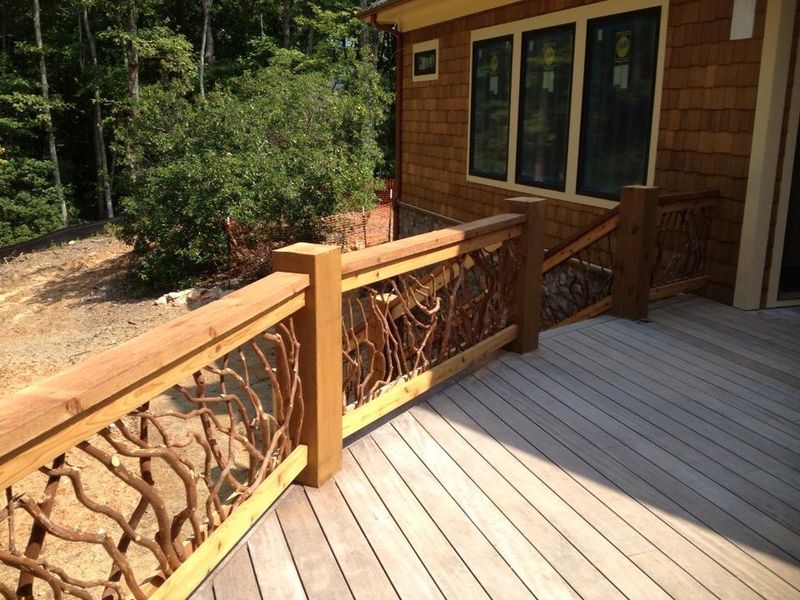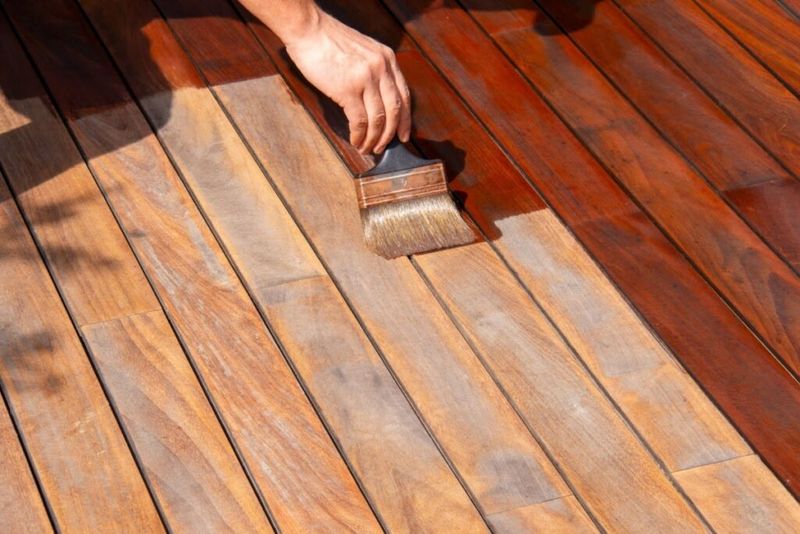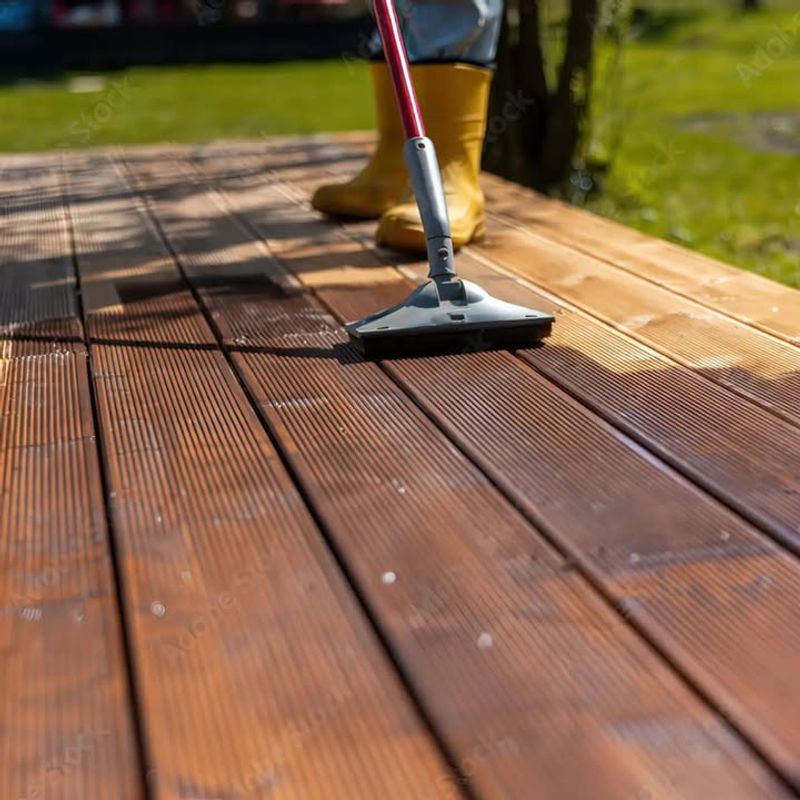As fall leaves fall and temperatures drop, your outdoor deck needs some serious attention before winter arrives. North Carolina homeowners should take advantage of these final warm days to inspect their decks for potential problems.
A thorough check now can prevent costly repairs later and keep your family safe all year round.
1. Look For Rotting Wood And Soft Spots
Moisture damage shows up as dark stains, soft spots, or wood that crumbles when you touch it. Take a screwdriver and gently poke around posts, railings, and boards to find weak areas.
North Carolina’s humid climate makes decks especially vulnerable to rot. Pay extra attention to spots where water collects or where wood touches the ground. Catching these problems early saves you from bigger headaches down the road.
2. Inspect All Nails, Screws, And Fasteners
Rusty or loose fasteners can make your entire North Carolina deck unsafe for walking. Walk around and check every visible nail and screw for signs of rust, popping up, or coming loose from the wood.
Give railings a good shake to test their stability. If anything wobbles or feels loose, tighten or replace those fasteners immediately. Your deck’s strength depends on these small but mighty pieces of hardware staying secure and rust-free.
3. Check The Ledger Board Connection
Your ledger board connects the deck to your house, making it one of the most critical safety components. Inspect where the deck attaches to your home’s structure for any gaps, rust, or loose bolts.
Many North Carolina deck collapses happen because of ledger board failure. Look underneath the deck with a flashlight to examine the connection points thoroughly. If you spot any concerning issues, call a professional contractor right away for proper repairs.
4. Examine Support Posts And Footings
Foundation problems start at the bottom where posts meet concrete footings. Get down low and inspect each support post for cracks, settling, or separation from its concrete base.
Standing water around footings signals drainage issues that could weaken your North Carolina deck’s foundation over time. Make sure posts sit firmly in their footings without any wobbling or movement. Strong support posts mean a stable deck that will last for many seasons to come.
5. Test Railing Stability And Height
Building codes require railings to be at least 36 inches tall and able to withstand significant pressure. Push hard against your railings from different angles to make sure they don’t give way or feel shaky.
Balusters, those vertical pieces between rails, should be spaced close enough that a four-inch sphere cannot pass through. Loose or broken railings create serious fall hazards, especially for children and elderly family members who use your deck regularly.
6. Assess Stain And Sealant Condition
Water beads up on properly sealed wood, but soaks right into unprotected surfaces. Splash some water on different deck areas to see if your sealant still works effectively.
Faded color, peeling finish, or wood that absorbs water quickly means it’s time to reseal. North Carolina’s weather swings between hot summers and freezing winters, which breaks down protective coatings faster. Resealing before winter protects your investment from moisture damage and extends your deck’s lifespan considerably.
7. Clear Debris From Between Boards
Leaves, dirt, and organic matter trapped between North Carolina deck boards hold moisture against the wood constantly. Use a putty knife or specialized deck cleaning tool to scrape out all the gunk hiding in those gaps.
This trapped debris speeds up rot and creates perfect homes for insects and mold growth. Cleaning between boards improves drainage and air circulation underneath your deck. Spending an hour on this simple task now prevents thousands of dollars in future repair bills.

